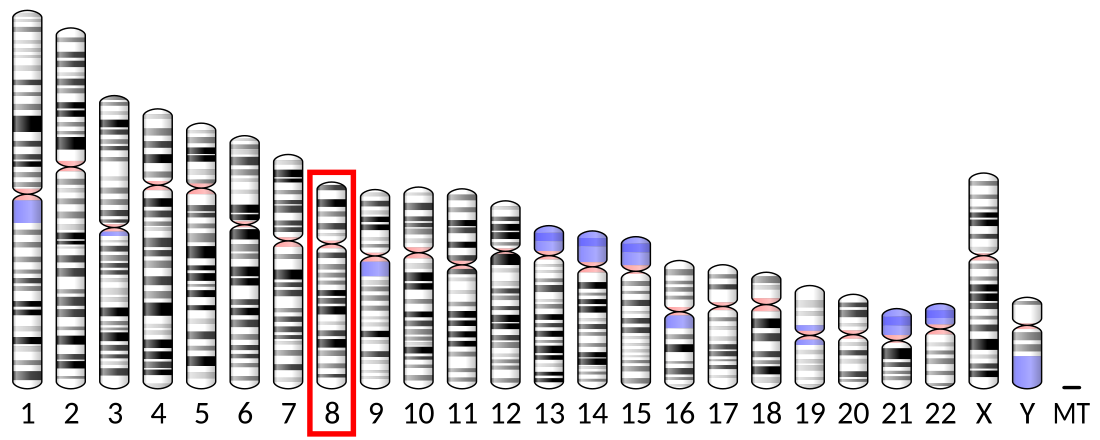Top Qs
Timeline
Chat
Perspective
Squalene monooxygenase
Mammalian protein found in Homo sapiens From Wikipedia, the free encyclopedia
Remove ads
Squalene monooxygenase (also called squalene epoxidase) is a eukaryotic enzyme that uses NADPH and diatomic oxygen to oxidize squalene to 2,3-oxidosqualene (squalene epoxide). Squalene epoxidase catalyzes the first oxygenation step in sterol biosynthesis and is thought to be one of the rate-limiting enzymes in this pathway.[5] In humans, squalene epoxidase is encoded by the SQLE gene.[6] Several eukaryote genomes lack a squalene monooxygenase encoding gene, but instead encode an alternative squalene epoxidase that performs the same task.[7]
Remove ads
Remove ads
Mechanism
The canonical squalene monooxygenase is a flavoprotein monooxygenase. Flavoprotein monooxygenase form flavin hydroperoxides at the enzyme active site, which then transfer the terminal oxygen atom of the hydroperoxide to the substrate. Squalene monooxygenase differs from other flavin monooxygenases in that the oxygen is inserted into the substrate as an epoxide rather than as a hydroxyl group. This enzyme contains a loosely bound FAD flavin and obtains electrons from NADPH-cytochrome P450 reductase, rather than binding NADPH directly. The alternative squalene epoxidase belongs to the fatty acid hydroxylase superfamily and obtains electrons from cytochrome b5.[7]
Remove ads
Inhibitors
Inhibitors of squalene epoxidase have found application mainly as antifungal drugs:[8]
Since squalene epoxidase is on the biosynthetic pathway leading to production of cholesterol, inhibitors of this enzyme may also find application in treatment of hypercholesterolemia.[10]
Localization
In baker's yeast (Saccharomyces cerevisiae), squalene epoxidase is localized to both the endoplasmic reticulum and lipid droplets. Only the ER localized protein is active.
Additional products
Squalene epoxidase also catalyzes the formation of diepoxysqualene (DOS). DOS is converted to 24(S),25-epoxylanosterol by lanosterol synthase.
See also
References
Further reading
External links
Wikiwand - on
Seamless Wikipedia browsing. On steroids.
Remove ads





